3 Aug 2012
0 Comments[Book Review]: The Idea Factory

The idea factory by Jon Gernter
Published by Penguin Press
WorldCat • LibraryThing • Google Books • BookFinder
A marvellous exploration of a research and innovation powerhouse that, even viewed from this age of innovation, surprisingly anticipated many approaches we think of as modern breakthroughs.
I’ve long admired Bell Labs and feel that many of its researchers and innovations interacted with an impacting my own career. While in University, the notion of working with or at Bell Labs was the highest aspiration for top thinkers in many fields. The Idea Factory is an engaging read and showed me how limited my understanding of that institution really was.
First of all, from the 1920s to the 1980s, it was way ahead of its time as an agent of innovation. The approaches were brilliant and could be applied today, including the notion of building architecture and organization structures to encourage interdisciplinary collaboration. Breaking down “knowledge silos” was definitely countercultural in a century known for specialization.
Secondly, the sheer number of transformational inventions, including the laser, transistor, fibre optics, satellite communications, the cellular mobile network, integrated circuits and the notion of information as digital that came from a single institution is both surprising and would be impossible in today’s world. Sadly, in the modern competitive marketplace, there is likely no room for a monolithic regulated monopoly, as was AT&T, to support such a single engine of innovation and basic research.
My primary connection with Bell Labs was through computer science with innovations such as UNIX and C Programming Language. The historical context this book outlines shows how surprising this is because AT&T was, by regulatory decree, precluded from entering the computer industry. That said, it is ironic that most of the inventions of Bell Labs, collectively contrived to make telecommunications as a separate industry obsolete. Instead, as predicted as early as 1948 by the remarkable information age seer, Claude Shannon, much of the modern economy has by transformed by our current digital age of networked and pervasive computing.
Lastly, Gertner explores the culture of those who drove innovation. Often eccentric, and to outsiders perhaps impossible or unemployable individuals, had the sheer force of will and brainpower to achieve breakthroughs that others either hadn’t even considered or thought impossible. Given my own small town origins, the deliberate strategy of finding these small town prodigies to populate the largest research-oriented brain trust in the world resonated.
All too often, societies believe that they are the first to master innovation. Sometimes we should stop and consider successful strategies from the past. Far from being solely a modern preoccupation, innovation has always been a hallmark of human advancement. Yet, with no clear place for a lucrative and regulated monopoly to fund pure research, where will the fundamental research of the future originate?
The book cites John Mayo, a former Bell Labs chief,
“Bell Labs substantial innovations, account for a large fraction of the jobs in this country and around the world”
In a world driven by global markets and the quarterly thinking of Wall Street, we really do need to consider how our next leap of fundamental research will be unleashed. John Pierce, another Bell Labs chief summarized the “Bell Labs formula” in four main points:
“A technically competent management all the way to the top.
Researchers who didn’t have to raise funds.
Research on a topic or system could be, and was, supported for years.
Research could be terminated without damning the researcher.”
Beyond learning from the wisdom of the leading research institution, where will we find the vision and resources to enable innovation on such a transformational scale? Beyond the Venture Capital and now Angel funded technology startup ecosystem, perhaps exemplars like Mike Lazaridis‘s pioneering Perimeter Institute of Theoretical Physics will chart a course for the 21st century.

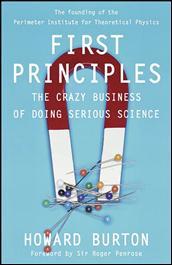
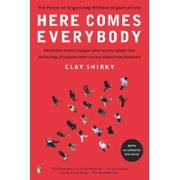
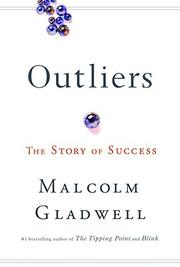
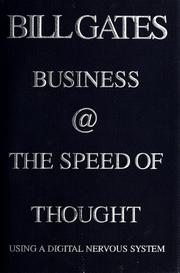
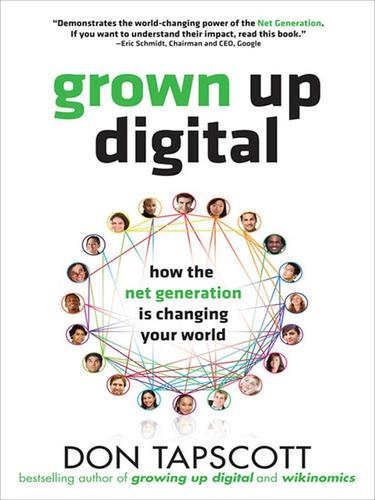
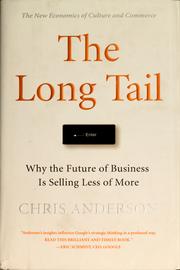

2 Sep 2012
0 Comments[Book Review]: The Innovator’s Dilemma
The innovator’s dilemma by Clayton M. Christensen
Published by HarperBusiness
WorldCat • Read Online • LibraryThing • Google Books • BookFinder
This summer I took time to re-read an oft-overlooked volume that I believe to be the essential to anyone working in marketing and innovation. In this review, I’ll provide a few examples of why this book needs more attention, particularly here in Canada where we definitely need to up our game in marketing of innovation and technology.
Clayton Christensen, as Associate Professor of Business Administration at Harvard Business School, is a leading academic researcher on innovation. Yet, he still manages to provide practical and pragmatic strategies that real companies can use. And, most importantly, his theoretical groundwork is based on extensive, data intensive research over longer period of time with real companies and markets going through disruptive innovation.
The latter term is often thrown around lightly in technology company circles. A Disruptive technology (or innovation) typically has worse product performance in mainstream markets while having key features that interest fringe and merging markets. By contrast, sustaining technologies provide improved product performance (and often price) in mainstream markets.
The book covers real markets, including the various generations of disk drives starting with 14″ drives in the 1970’s to today’s 2.5″ (and smaller) drives. By studying hundreds of companies that emerged, thrived and failed over a 25 year period, some clear patterns emerge. Further examples across a broad range of markets, include he microprocessor market, the transition from cable diggers to hydraulic “backhoes”, accounting software and even the transition of industrial motor controllers from mechanical to electronic programmable models.
The key message of the book is that the playbook for normal (“sustaining”) technology innovation must be thrown away for disruptive technologies. Disruptive technologies break traditional rules in many, often counter-intuitive ways:
Entrepreneurial writings, not to mention my own experience, encourage us to celebrate failure. Beyond the power of learning by trial and error, The Innovator’s Dilemma, for the first time, provides an analytical framework as to why such failure is so critical in new markets.
One area where the book could provide more guidance is that of differentiating disruptive from sustaining technologies. Such discrimination is absolutely critical to ensure the right strategic approach to the new technology is adopted. Generally easy with the benefit of hindsight, such determination can be very tricky, and error prone, when first confronted with such new technologies.
This is a book that anyone working with products in fast moving markets needs to re-read regularly. It surprises me that, 15 years after publication, how few product marketers and senior executives appear to have benefited from the deep wisdom Christensen imparts.